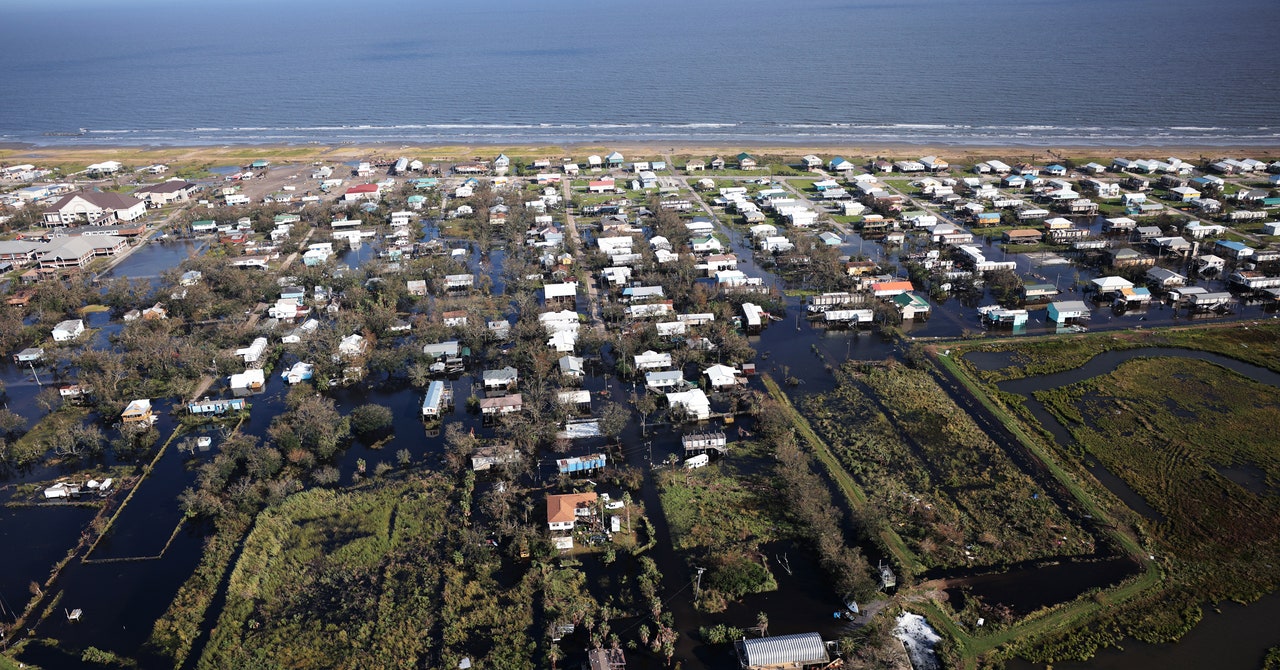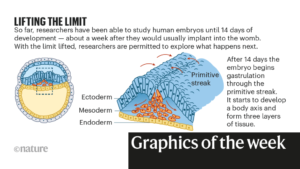New Orleans Was Already a ‘Heat Island.’ Then Ida Cut the Power
On Sunday, Hurricane Ida made landfall in Louisiana, tying with 2020’s Hurricane Laura as the strongest storm ever to hit the state. Winds topping 150 mph tore aside the electrical infrastructure, leaving a million people without power. All eight transmission strains into New Orleans were severed.

On Sunday, Hurricane Ida made landfall in Louisiana, tying with 2020’s Hurricane Laura as the strongest storm ever to hit the state. Winds topping 150 mph tore aside the electrical infrastructure, leaving a million people without power. All eight transmission strains into New Orleans were severed.
Now temperatures are in the 90s, and brutal humidity—it’s summer season, in spite of everything—is plunging Louisiana into a multilayered disaster: Without energy, residents who don’t have a generator may even lack followers or air-conditioning. The utility Entergy says energy is probably not restored for three weeks, however native officers warn it might be a month for some. “I’m not satisfied with 30 days, the Entergy people aren’t satisfied with 30 days,” Louisiana governor John Bel Edwards said at a press convention Tuesday. “Nobody who’s out there needing power is satisfied with that.”
The distress is especially acute in New Orleans and different cities that already kind “heat islands” in the panorama. These are locations with out sufficient bushes or different inexperienced areas the place the constructed surroundings absorbs the solar’s vitality throughout the day, slowly releasing it at evening. Urban temperatures will be 20 levels Fahrenheit hotter than surrounding rural areas. And right here’s the extra-bad information: An analysis printed in July by the analysis group Climate Central discovered that New Orleans’ heat-island impact is worse than any other city in the United States.
If you’re inquisitive about what climate-crisis hell seems to be like, that is it. “This whole region is already hot and humid through the summer,” says Louisiana State University local weather scientist Barry Keim, who’s additionally the state climatologist. “And you throw in some urban heat island impacts, which only exacerbate that, and you knock out the air-conditioning system. It’s a recipe for disaster.”
(adsbygoogle = window.adsbygoogle || []).push({});
Several components flip cities into warmth islands. Concrete, asphalt, and brick take in warmth rather well. When the ambient air cools down at evening, these dense supplies can solely launch a few of that warmth, so they could nonetheless be heat when the solar comes up the subsequent day and applies extra vitality. “So you get kind of this baking-in factor over the course of multiple days of heat,” says Portland State University local weather adaptation scientist Vivek Shandas, who has studied the warmth island impact in Portland, New Orleans, and dozens of different cities. Following Hurricane Ida, he says, it now seems to be like New Orleans is going through a “string of days of excess heat.”
The construction of the constructed surroundings can also be a main issue. Tall buildings take in daylight and block wind, trapping warmth in downtown areas. And buildings themselves produce warmth—particularly factories—or vent scorching air from AC models.
Compare this to rural areas filled with bushes: When the solar beats down on a forest or grassland, the vegetation absorbs that vitality, however in flip releases water vapor. In a sense, a inexperienced house “sweats” to chill the air, making temperatures way more tolerable.
In an excellent world, each metropolis can be filled with bushes to assist cool it off. But in a metropolis like New Orleans, Shandas says, temperatures can differ wildly, even block by block. Buildings product of brick maintain onto warmth higher than these product of wooden, and fats freeways delight in daylight. But if buildings are interspersed with bushes, and in the event you’ve acquired loads of inexperienced areas like parks, all that greenery helps cool the air.
On an August day final 12 months, Shandas and different researchers compiled 75,000 temperature measurements from round New Orleans. They discovered that the coolest areas sat at round 88 levels, whereas the hottest areas skyrocketed to 102 levels. “It has to do with green space, it also has a lot to do with the configuration of the buildings, as well as the building materials,” Shandas says.



